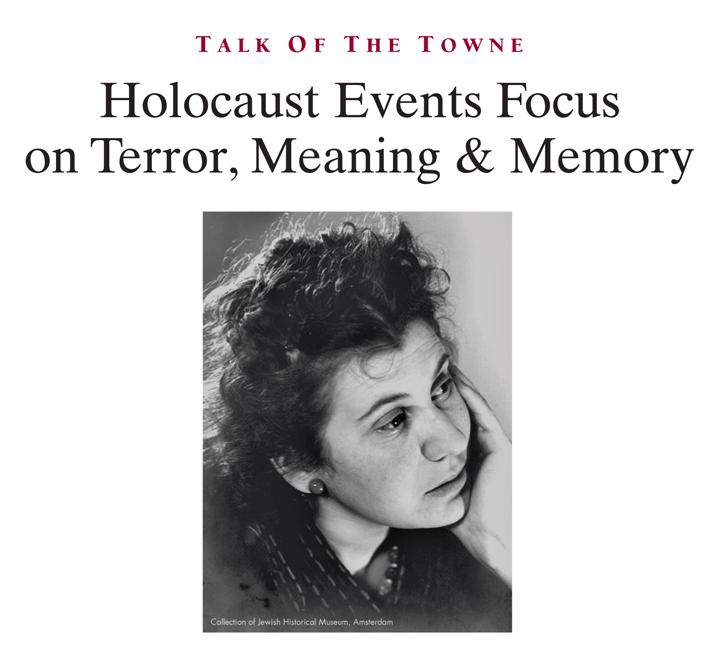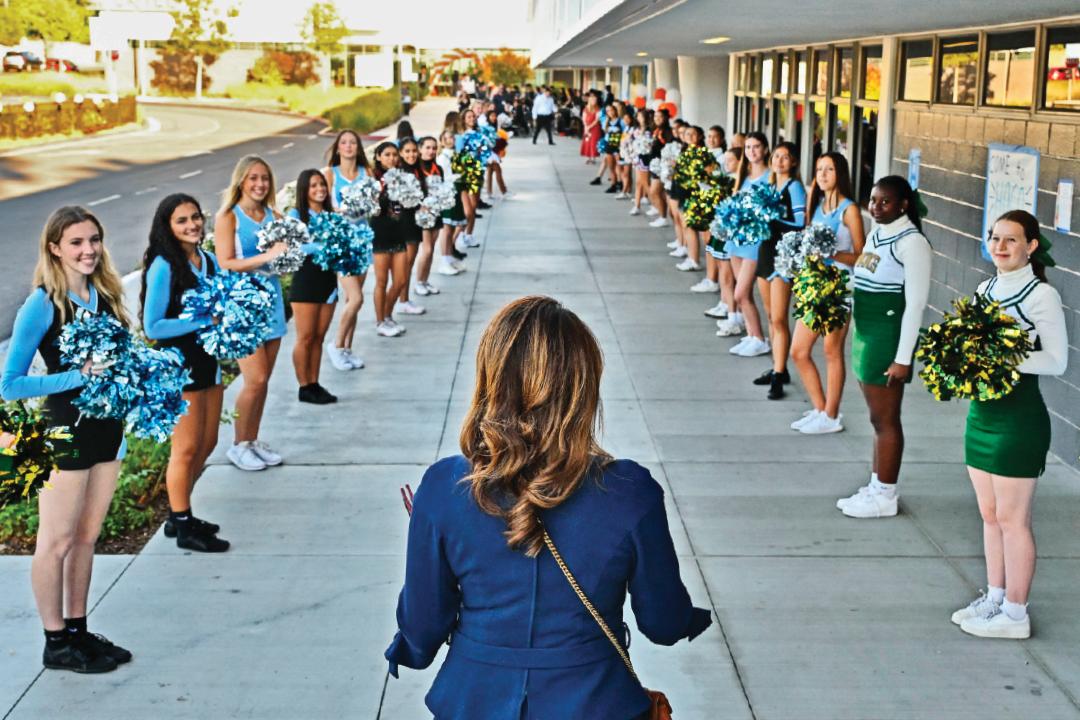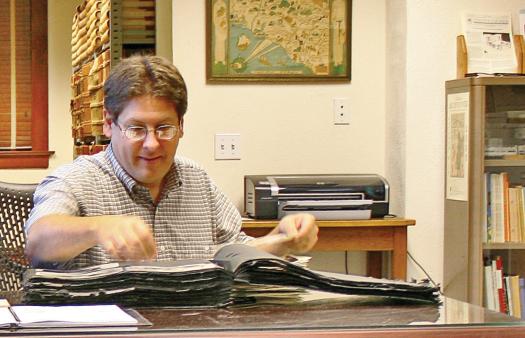
The Rodgers Center for Holocaust Education at Chapman University will present two very different public events this November, each focusing on the experience of terror and violence, but also the meaning found in such memories and the importance of never forgetting.
For the twelfth consecutive year, the Rodgers Center commemorates and reflects on Kristallnacht, the wave of anti-Semitic violence the Nazis unleashed on Germany and Austria 81 years ago, on November 9-10, 1938. “An Interfaith Service of Remembrance for Kristallnacht, 1938-2019” on Thursday, Nov-ember 7 in the Fish Interfaith Center’s Wallace All Faiths Chapel on Chapman’s campus is free and open to the public.
“Although Kristallnach—the ‘Night of Broken Glass’—refers to the widespread shattering of windows in synagogues and businesses, this 1938 event marked something more ominous: the shattering of community,” says Marilyn Harran, PhD, director of the Rodgers Center and Stern Chair in Holocaust Education at Chapman. “Few intervened to stop the destruction, and firemen were ordered not to douse the flames from synagogues set afire, unless they threatened non-Jewish-owned buildings.”
The commemoration’s guest of honor is Engelina Billauer, who awakened in her Berlin home on the night of November 9, 1938 to the sounds of breaking glass and the sky lit up by flames. When she walked to school the next day, she passed her still-smoldering synagogue. Later, Engelina and her sister, Frieda, endured a series of concentration camps before being freed from Bergen-Belsen in April 1945.
Guest speaker Glenn Kurtz, PhD, an author and Presidential Fellow at Chapman, on faculty at The Gallatin School at New York University, will offer remarks on “Facets and Shards: Synagogue Windows as Memory and Memorial.” He is the author of the acclaimed book Three Minutes in Poland: Discovering a Lost World in a 1938 Family Film, named a top book of 2014 by NPR, The New Yorker and The Boston Globe.
“My family history is not directly connected to Kristallnacht,” says Kurtz. “But I have been engaged in recovering the windows from the destroyed synagogue in Nasielsk, Poland, the town my grandfather was born, and the subject of my book. It seems that synagogue windows are a rich, powerful symbol for Jewish history, for vulnerability, survival and the challenges of remembrance in the post-Holocaust era.”
Continuing those powerful themes, the Rodgers Center presents the one-woman play “Etty” on Tuesday, November 12 at 7 pm in the Fish Interfaith Center. The performance is open to the public, and admission is free.
Actress Susan Stein, who has toured colleges and universities across the country with this play, returns to Chapman after three years with this powerful production. Stein based the play on letters and diaries of Etty Hillesum, a Dutch writer murdered in Auschwitz when 29 years old. In the 90-minute play directed by Austin Pendleton, the actress brings to life Etty’s words, portraying her despair and hope, her compassion, and her will to find meaning, even as her own life spiraled into darkness and danger.
“Seeking the meaning of her life—and all life—during the terror of Nazi occupation, Etty ‘happens upon’ prayer, discovers a reality that she calls God, and opens herself to the power of being fully alive and present, bearing witness to the catastrophe unfolding around her,” says Harran. “This play is a stunning reminder that the Holocaust is about individuals, not numbers, and about the brilliance and creativity lost to the world through genocide.”



